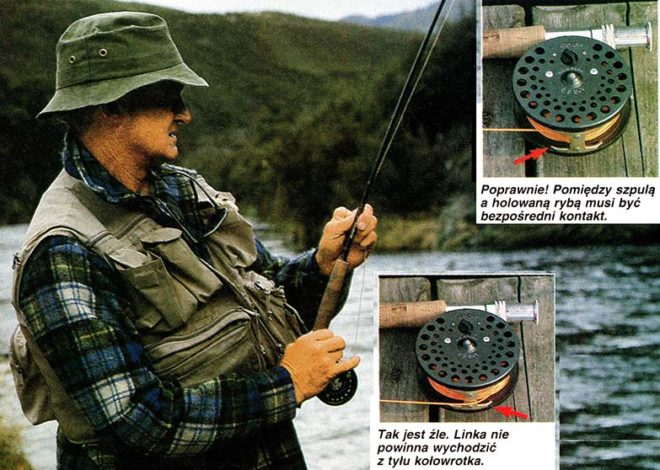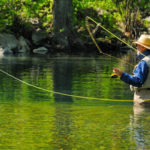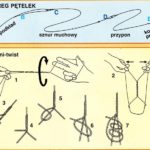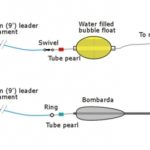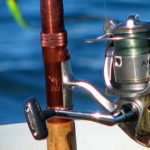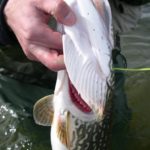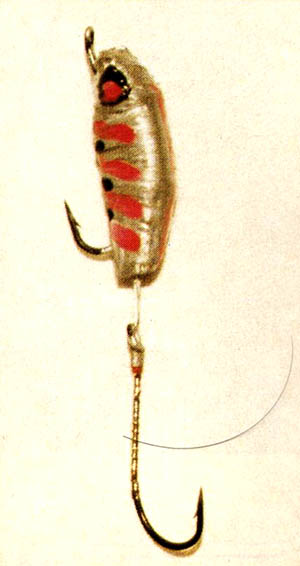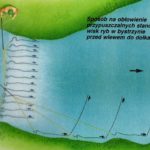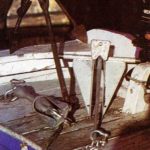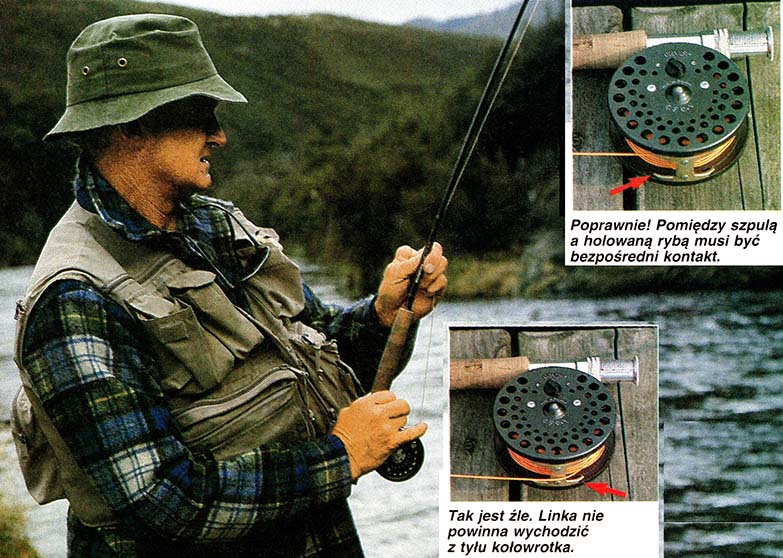 Wielu wędkarzy uważa, że kołowrotek muchowy służy tylko do wygodnego nawinięcia linki. To błąd. Podczas holu bardzo ważne jest, jak sznur muchowy schodzi z kołowrotka.
Wielu wędkarzy uważa, że kołowrotek muchowy służy tylko do wygodnego nawinięcia linki. To błąd. Podczas holu bardzo ważne jest, jak sznur muchowy schodzi z kołowrotka.
Dla niektórych muszkarzy kołowrotek muchowy nie odgrywa większej roli w czasie holu. Jest tylko obrotowym bębnem do nawijania i wyciągania linki. Z pewnością można łowić małe pstrągi bez dotykania korbki kołowrotka. Zaciętą rybę ściąga się ręką, a sznur sam układa się na ziemi lub spływa wodą. Przy odpowiednio mocnym przyponie i sprężystości wędziska, mała ryba nie ma podczas holu żadnych szans. Szybko traci siły i bez trudu daje się gładko wprowadzić do podbieraka.
Precz z rękami!
Jeżeli jednak na muchówkę weźmie jakaś większa ryba, ręce nie mają czego szukać przy sznurze. Już nawet kilogramowy pstrąg wyciąga linkę z kołowrotka. Gdy ktoś w takim momencie zdecyduje się na „tradycyjne” wybieranie sznura ręką i układanie go pod nogami – przy drugim, trzecim odejściu ryby będzie miał pięknego jeża i prawdopodobnie straci atrakcyjną zdobycz. Kołowrotek muchowy służy bowiem także do holowania ryby i nie bez powodu dobrej jakości modele kołowrotków mają doskonałe hamulce. Wielu wędkarzy ustawia hamulec bardzo lekko, tak, aby tylko kołowrotek się nie obracał i w razie potrzeby hamują ucieczkę ryby dociskając palec do krawędzi szpuli. Inni ustawiają hamulec dopiero w trakcie holu. W głównej mierze zależy to od modelu kołowrotka.
Błędem jest takie zmontowanie muchówki, że sznur wychodzi z kołowrotka z tyłu prowadnicy. Zaginająca się na rolce lub gładkiej powierzchni prowadnicy linka muchowa schodzi wtedy z kołowrotka o wiele gorzej (zwiększone tarcie) i w ekstremalnych sytuacjach może to doprowadzić nawet do przeciążenia i zerwania przyponu podczas holu. Im więcej sznura znajduje się w wodzie, tym większy jest kąt, pod jakim wyprowadzona z tyłu kołowrotka linka układa się na prowadnicy. Poza tym zwiększone tarcie sukcesywnie uszkadza linkę. Poprawne jest wyprowadzenie sznura z przodu prowadnicy. Dzięki temu pomiędzy rybą a szpulą i hamulcem kołowrotka istnieje bezpośredni kontakt. Prowadnica spełnia wtedy swoje zadanie i chroni wyciąganą podczas rzutu linkę. Do tego celu ją wymyślono.
Ochrona linki
Widoczny na zdjęciach kołowrotek CFO firmy Orvis posiada obustronną prowadnicę, dostosowaną do pracy kołowrotka na prawą lub lewą rekę. Angielskie kołowrotki muchowe są produkowane tylko z jednostronną prowadnicą (ustawiona dla wędkarzy łowiących prawą ręką).
W załączonej ulotce dotyczącej użytkowania kołowrotka jest jednak wyjaśnione, że w razie potrzeby można odkręcić śrubę mocującą i przekręcić prowadnicę w drugą stronę.
Po przełożeniu kołowrotka na lewą rękę prowadnica będzie znowu skierowana do przodu.
Piszę o tym, ponieważ mogło to umknąć uwadze wielu użytkownikom kołowrotków muchowych.
